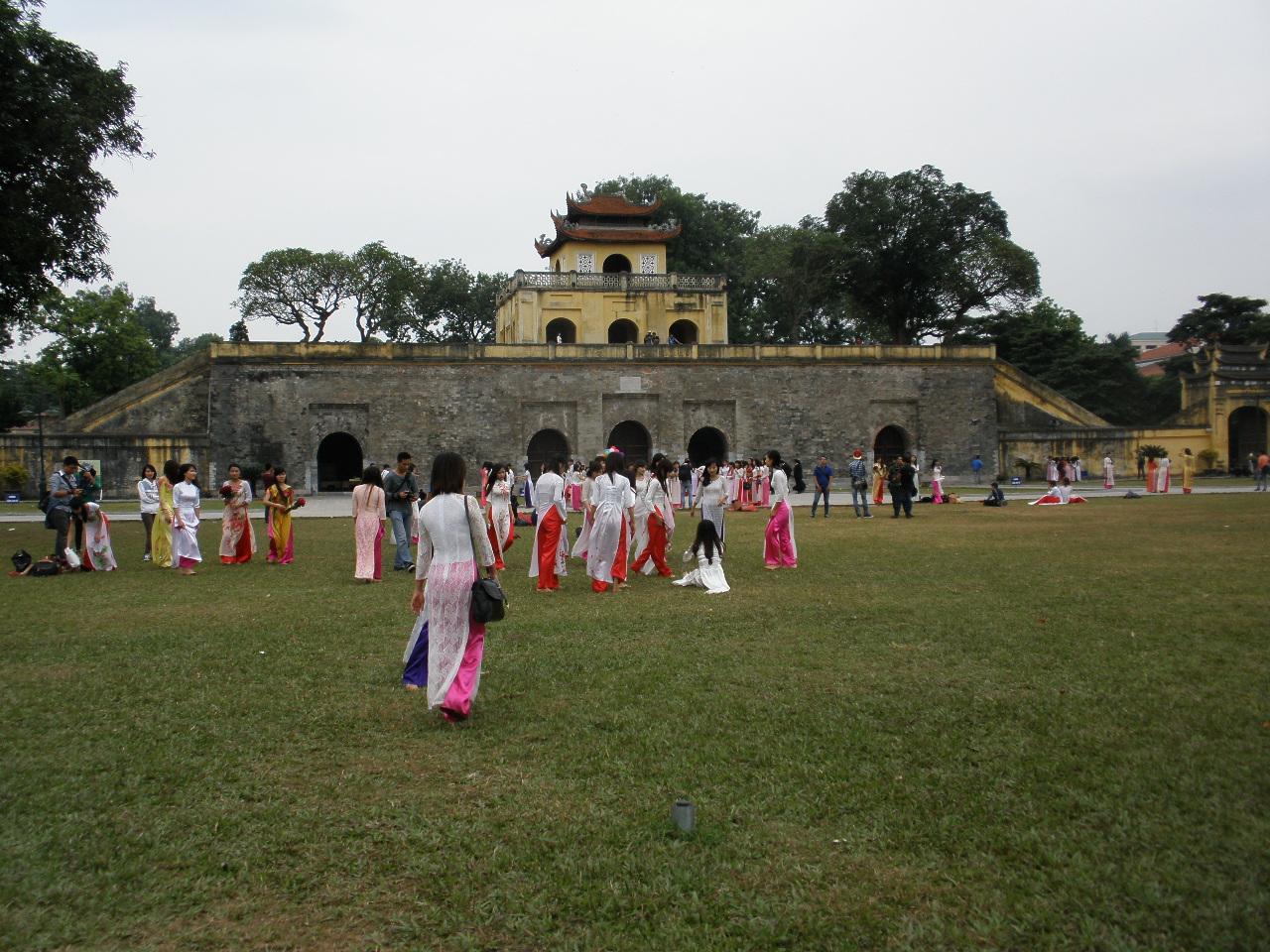1953 - present Japanese National Character Survey (every 5 years)
(The most recent survey has been conducted in 2018.) |
1971 Honolulu Residents with Japanese ancestry
(Chikio HYAHSHI, Hakujiro AOYAMA, Sigenobu NISHIDAIRA, KKikuo NOMOTO, Yasumasa KURODA)
|
| 1978 Honolulu Residents, Americans in the Mainland |
| 1983 Honolulu Residents |
| 1988 Honolulu Residents |
1987-1993 Seven Country Survey
UK, FRG (West Germany) & France (1987), USA & Japan (1988), Italy (1992) and The Netherlands (1993)
(Chikio HAYASHI, Tatsuzo SUZUKI, Ichiro MIYAKE, Masamichi SASAKI, Fumi HAYASHI, Ryozo YOSHINO) |
| 1987 UK, Germany & France |
| 1988 Americans in the mainland of U.S.A, the Japanese in Japan |
| 1992 Italy |
| 1993 The Netherlands |
Overseas Japanese Surveys |
1991 Japanese Brazilians (JB) in Brazil
(Chikio HAYASHI, Akira MIZUNO, Tatsuzo SUZUKI, Fumi HAYASHI, Ryozo YOSHINO, Katsuzo YAMAMOTO, TAkeo KAWAI, Katsunori WAKISAKA, Susumu MIYAO, Koichi MORI) |
1998 Americans with Japanese ancestry on the West coast of U.S.A.
(Ryozo YOSHINO, Chikio HAYASHI, Tatsuzo SUZUKI, Fumi HAYASHI, Tadahiko MAEDA, Kazue YAMAOKA, Hiroko KAWAHARA, Masakatu MURAKAMI, Frank Shotaro Miyamoto, Tetsuden Kashima, Tsukasa Namekata, Stefan Fugita) |
1999 Honolulu Residents with Japanese ancestry
(Ryozo YOSHINO, Chikio HAYASHI, Tatsuzo SUZUKI, Fumi HAYASHI, Yuejun ZHENG, Tadahiko MAEDA, Masamichi SASAKI,Kazue YAMAOKA, Hiroko KAWAHARA, Yasamasa KURODA, Frank Shotaro Miyamoto, Tetsuden Kashima, Stefan Fugita) |
2002-2005 East Asia Values Survey (EAVS)
Japan, China [Beijing, Shanghai], Hong Kong, Taiwan, South Korea & Singapore
(Ryozo YOSHINO, Fumi HAYASHI, Kazue YAMAOKA, Yuejun ZHENG, Tatsuzo SUZUKI, Masamichi SASAKI, Masakatsu MURAKAMI, Yasuo BABA, Keiko NAKAO, Takahiro TSUCHIYA, Tadahiko MAEDA, Takahiro HOSHINO, Wataru MATSUMOTO, 趙彦云、周国模、蘆興普、謝邦昌、王琪延、袁衛、朴承根) |
2004-2009 Pacific-Rim Values Survey (PRVS)
Japan, China [Beijing, Shanghai], Hong Kong, Taiwan, South Korea, USA, Singapore, Australia & India
(Ryozo YOSHINO, Fumi HAYASHI, Kazue YAMAOKA, Tatsuzo SUZUKI, Takahiro HOSHINO, Wataru MATSUMOTO, Yuejun ZHENG, Yoshihiro MIYOSHI, Yasuo BABA, 謝邦昌、王琪延、趙彦云) |
2010-2014 Asia-Pacific Values Survey (APVS)
Japan, China [Beijing, Shanghai], Hong Kong, Taiwan, South Korea, USA, Singapore, Australia, India & Vietnam
(Ryozo YOSHINO, Takahiro TSUCHIYA, Kazue YAMAOKA, Masamichi SASAKI, Yuejun ZHENG, Fumi HAYASHI, Wataru MATSUMOTO, Takahiro HOSHINO, Wataru MATSUMOTO, Yoosung PARK, Tadahiko MAEDA, Hiroko TSUNODA, Kosuke NIKAIDO, Akira HOROIWA, Kiyohisa SHIBAI, Hiromasa HATTORI, Hiroko OOSAKI, Taisuke FUJITA) |
 Data Archives
Data Archives Asia Pacific Values Survey 2010-14
Asia Pacific Values Survey 2010-14 Pacific Rim Value Survey 2004-09
Pacific Rim Value Survey 2004-09 East Asian Value Survey 2002-05
East Asian Value Survey 2002-05 Cross-National Survey in East Asia
Cross-National Survey in East Asia Hawaii (including Japanese-American)
Hawaii (including Japanese-American)  Japanese-American living in the West Coast of the US 1998-99
Japanese-American living in the West Coast of the US 1998-99 Research on National Character of Japanese-Brazilian 1991-92
Research on National Character of Japanese-Brazilian 1991-92 Cross-National Survey of Seven Countries
Cross-National Survey of Seven Countries Hawaiian (including Japanese-American) living in the Mainland of US 1978-83
Hawaiian (including Japanese-American) living in the Mainland of US 1978-83 Japanese-American living in Hawaii 1971
Japanese-American living in Hawaii 1971 Study on the Japanese National Character
Study on the Japanese National Character Others: Omnibus Survey, Web Survey Comparative Experiment, etc.
Others: Omnibus Survey, Web Survey Comparative Experiment, etc. Corrigenda
Corrigenda References
References


